These creatures are masters of disguise — see if you can spot them camouflaged in these photos
Talia Lakritz

- Some animals have the ability to blend in with their surroundings as a defense or survival mechanism.
- Snow leopards are hard to spot in snowy terrain, while toads are nearly impossible to spot on the forest floor in the Amazon.
- Visit Insider's homepage for more stories.
Chameleons aren't the only animals that can blend in with their surroundings.
These 16 creatures are also masters of disguise. Can you spot them incognito in their natural habitats?
Read the original article on InsiderIts body is hard to see, but it's there. The arrows indicate its eyes.
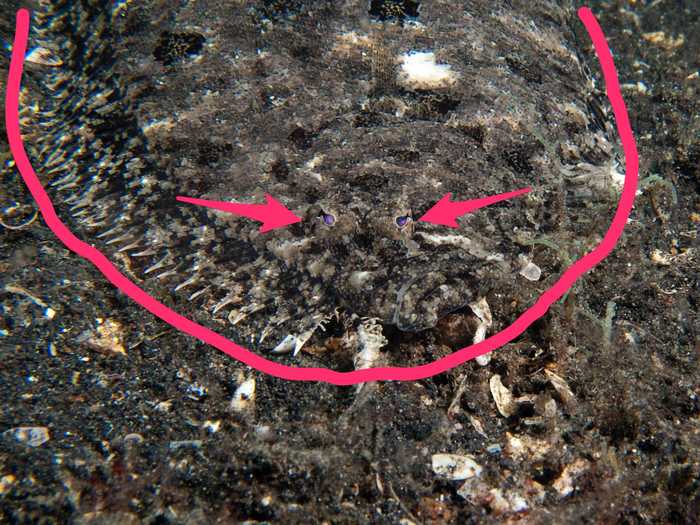
The fish doesn't actually have purple eyes. The effect was caused by a strobe used to photograph it.
There's an angler flatfish hiding itself on the floor of the Lembeh Strait of Indonesia. Where is it?

Angler flatfish use their first dorsal fin as a sort of fishing lure to attract smaller fish and octopuses.
It's barely visible through the branches.
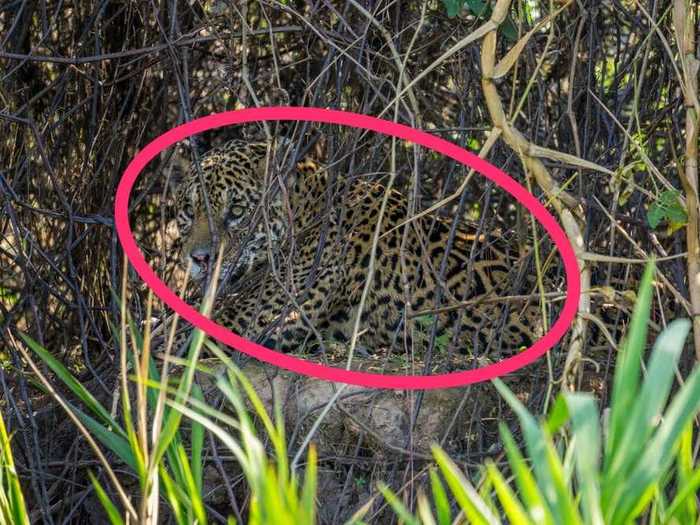
The jaguar's spots blend in with its environment.
Can you spot the jaguar?
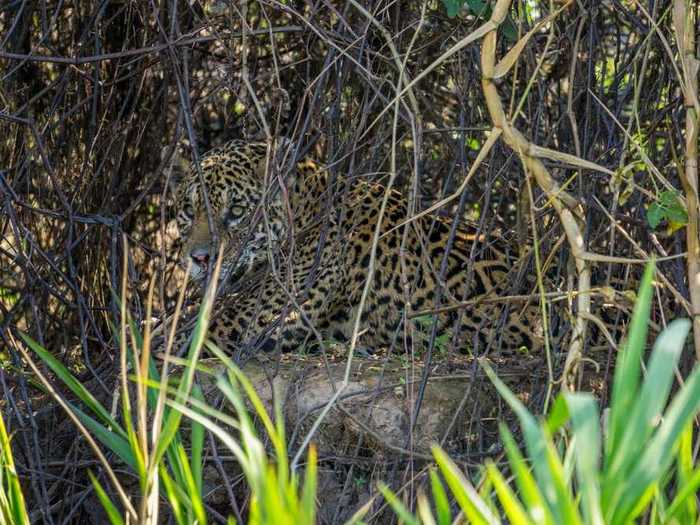
No pun intended.
It's small, but it's there.

It's hard to tell that anything is there.
There's a well-hidden lizard on this tree trunk. Can you detect it?
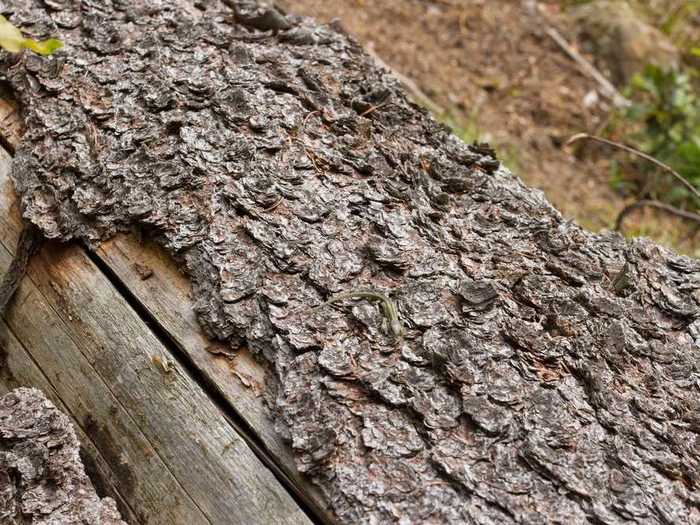
It's expertly camouflaged.
It's a devil scorpionfish.
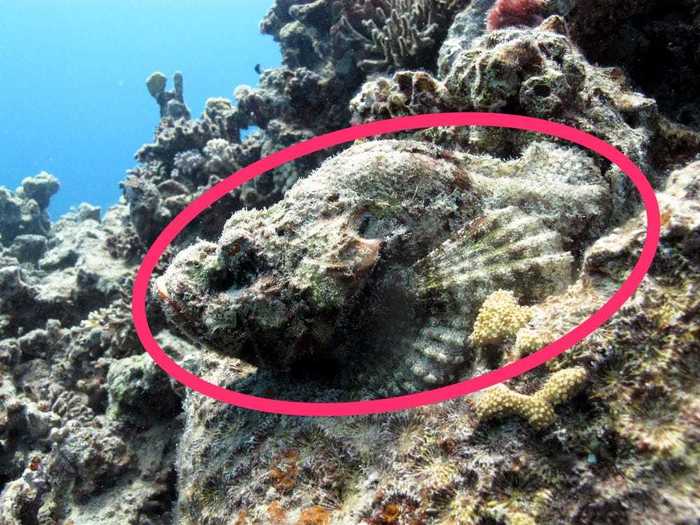
The venomous fish wait in coral reefs to ambush their prey.
There's an animal hiding in this reef. Can you tell what it is?
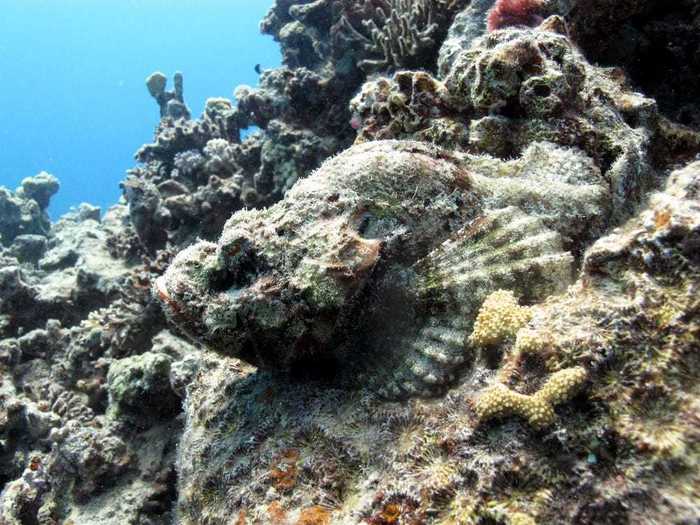
It's difficult to tell where the creature begins and reef ends.
It's a Vietnamese mossy frog.
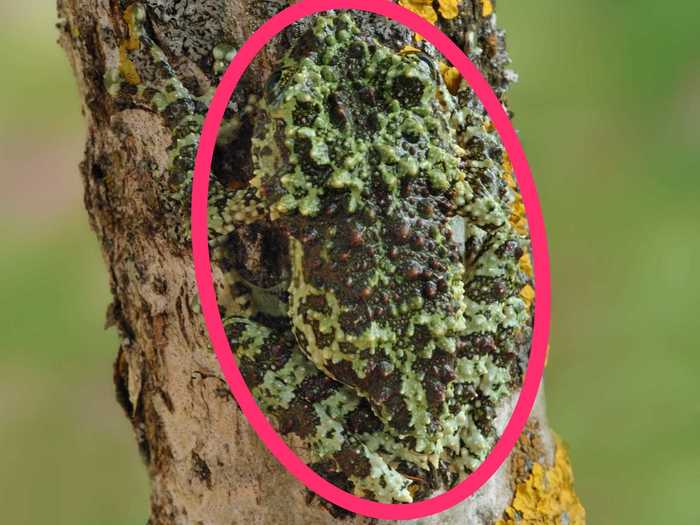
Vietnamese mossy frogs disguise themselves as patches of moss.
Can you tell what animal is on the tree?
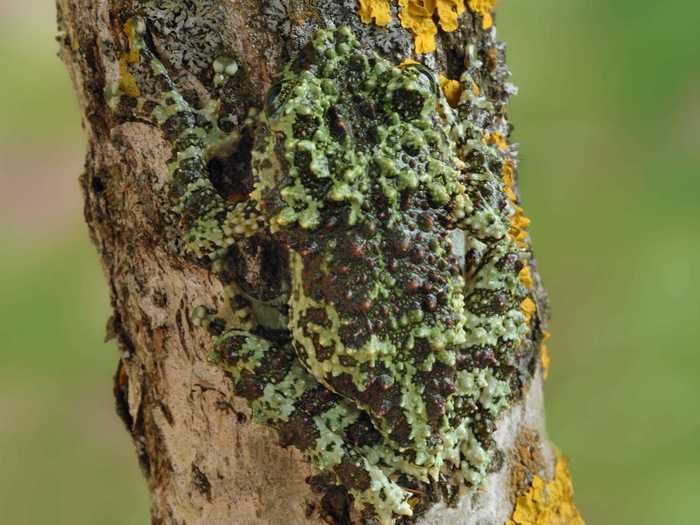
It resembles the growths on the tree trunk.
There are three of them.
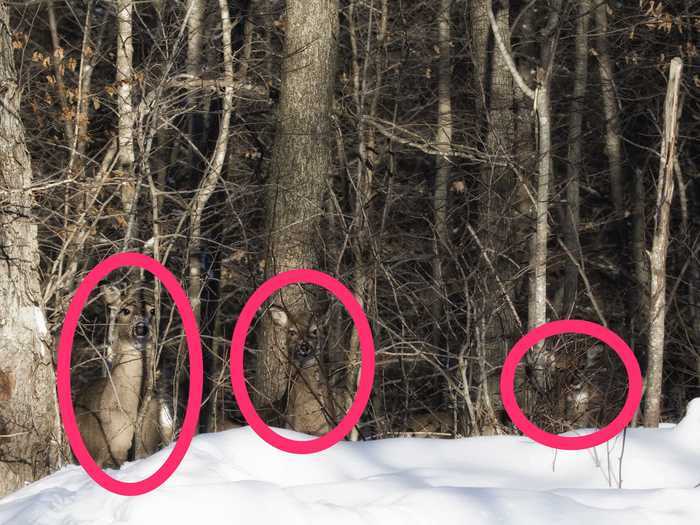
The deer are difficult to see through the branches.
How many deer can you find in this photo?
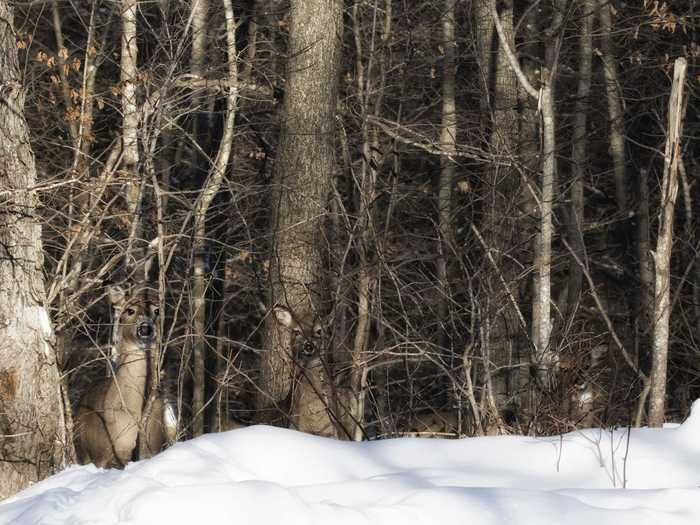
They're hard to spot.
It's sitting in the grass.
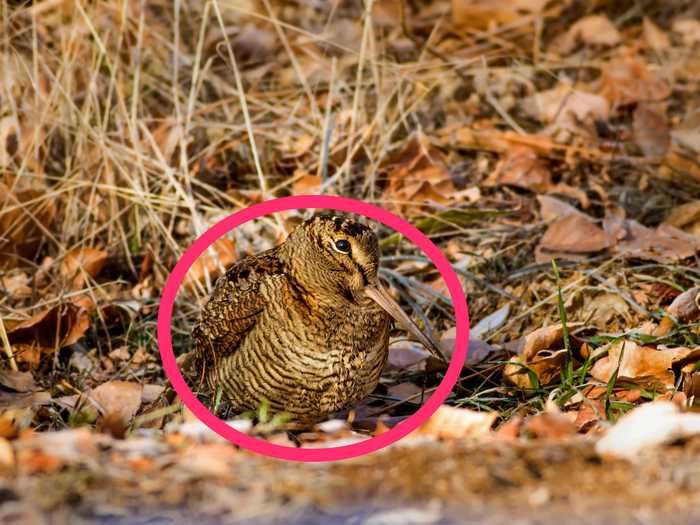
Eurasian woodcocks perform special courtship flights known as roding.
Eurasian woodcocks camouflage themselves in wooded areas. Can you spot one in this photo?
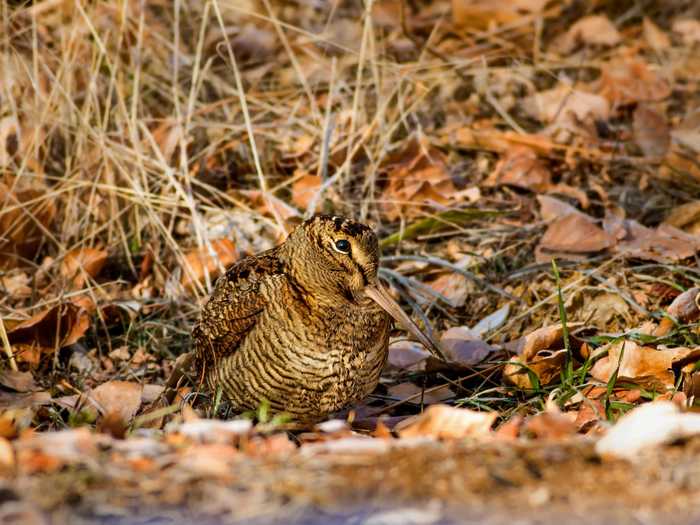
Eurasian woodcocks are birds native to temperate and subarctic Eurasia.
It almost appears translucent.
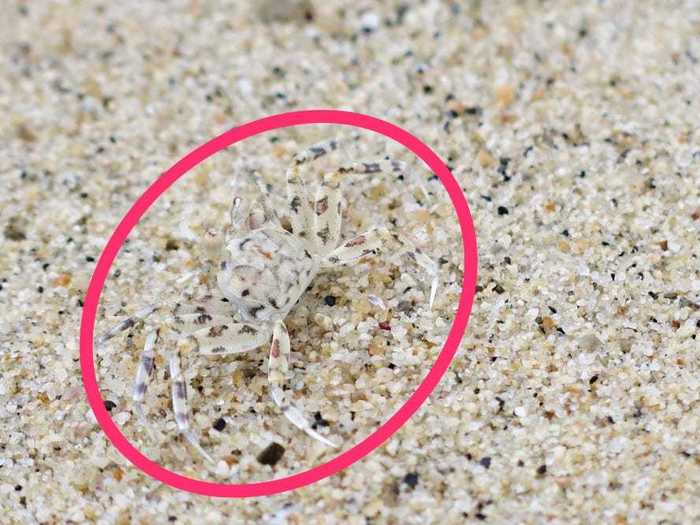
Sand spiders bury themselves to ambush their prey.
What about this sand spider?
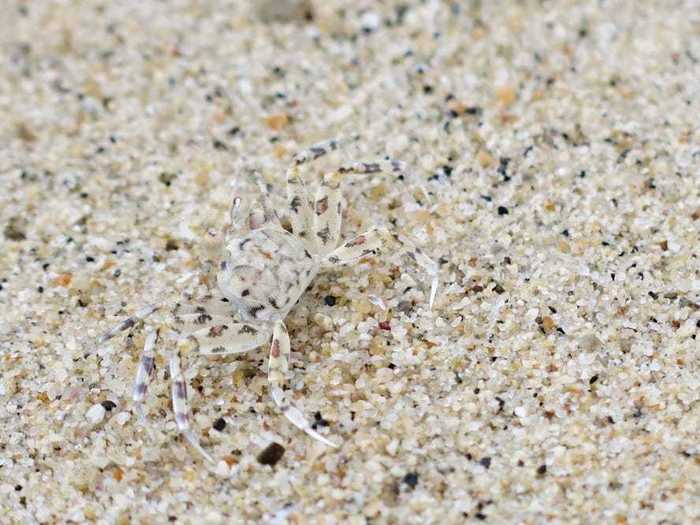
There's a sand spider there somewhere.
Its segmented body is just barely visible.
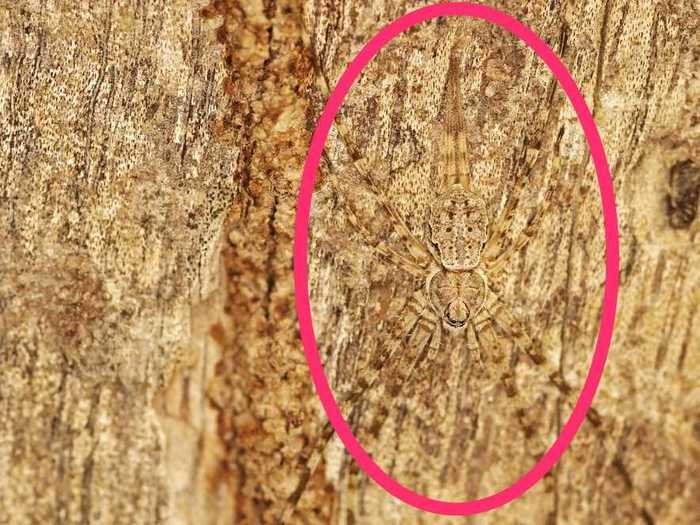
The spider's brown pattern fits right in with the tree bark.
Can you spot the spider?

There's a spider hiding somewhere on the tree bark.
Flat sole fish imitate the color of the ocean floor where they live.
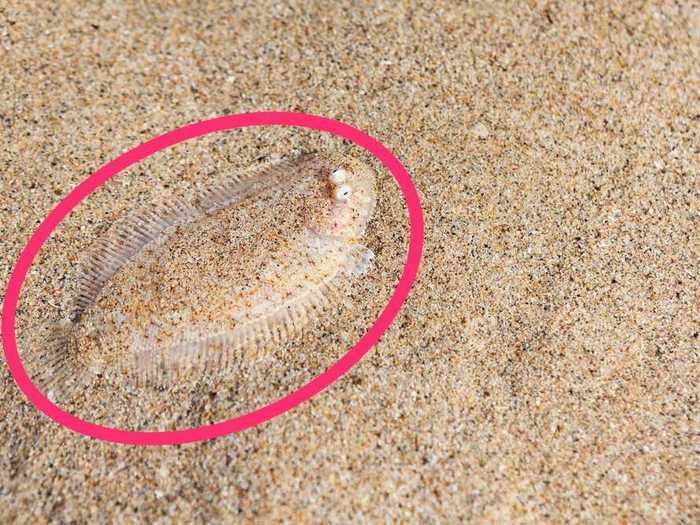
Their eyes are on one side of their body since they swim flat against the sea floor.
Where is the flat sole fish in this photo?
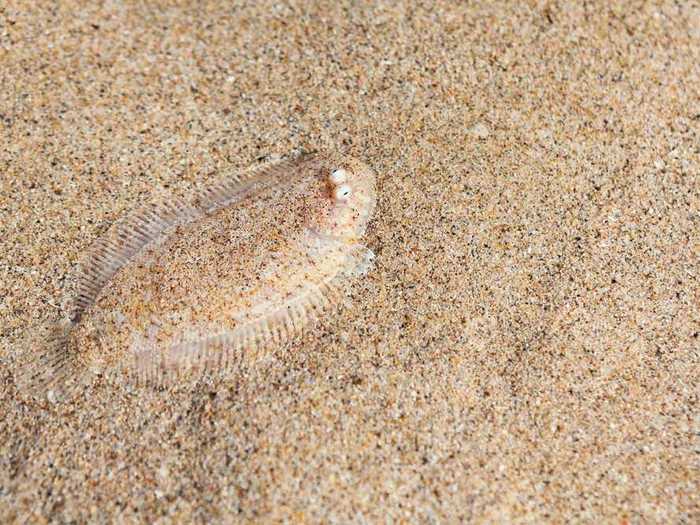
It's the same color as the sand.
The outline of the moth is barely visible.
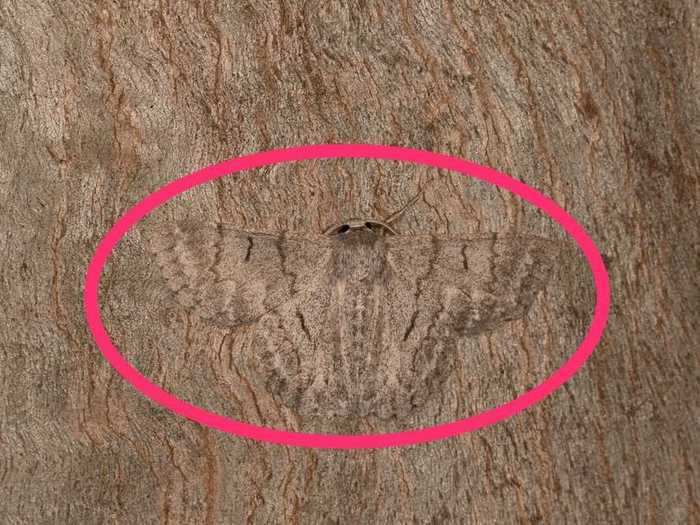
Its head is slightly darker and more visible than its wings.
Where's the moth?
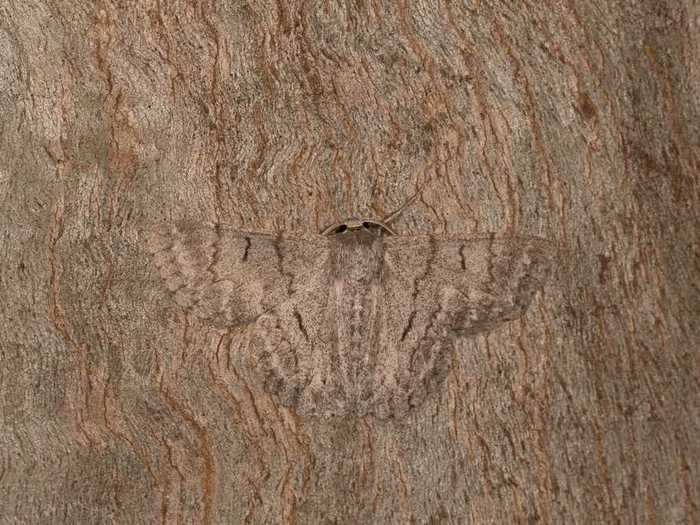
It's hard to see against the tree's surface.
The toad looks like another fallen leaf.
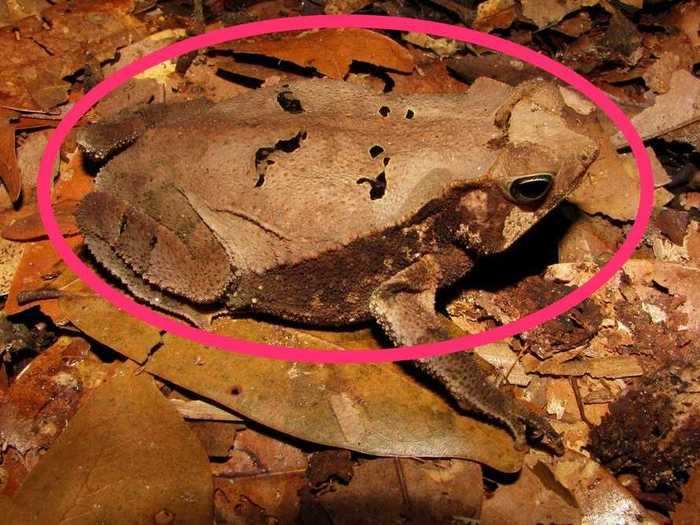
Its eyes are a bit of a giveaway.
Can you see the toad on the Amazon forest floor?
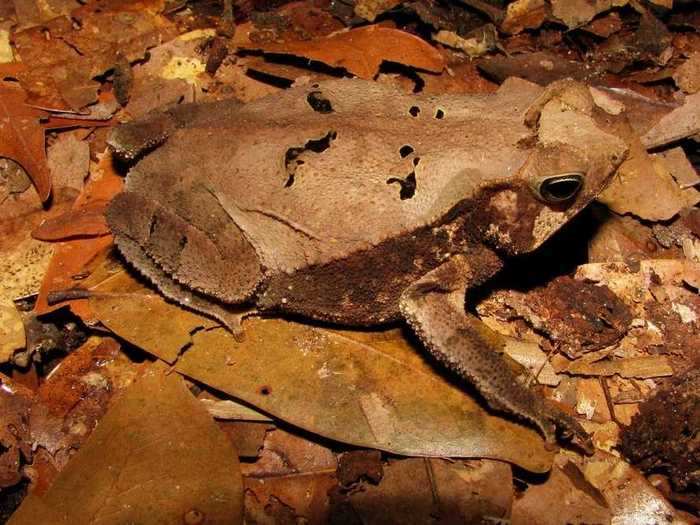
Its body is the same color as the leaves.
The insect's appendages look just like the leaf it's sitting on.

It's not called a leaf mantis for nothing.
Which is the leaf and which is the leaf mantis?
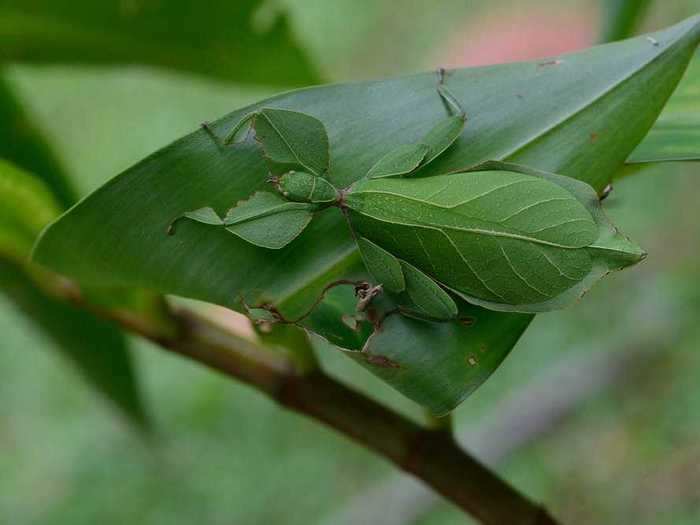
Leaf mantises are masters of disguise.
It's crawling diagonally.
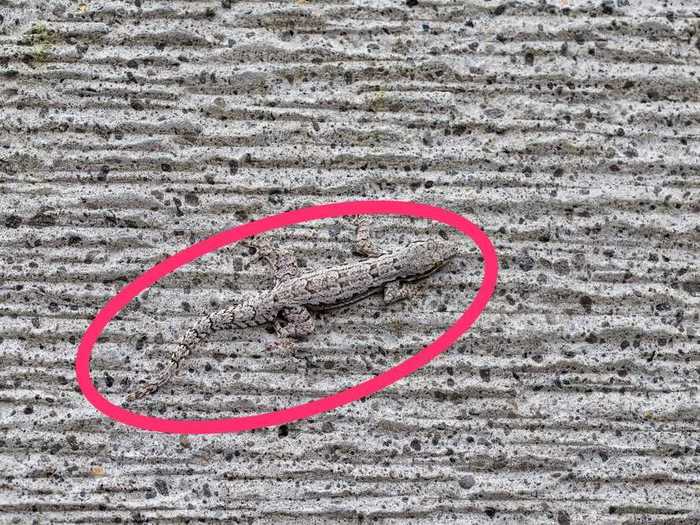
Most people would probably miss it from far away.
Can you find the lizard against this black and white speckled background?
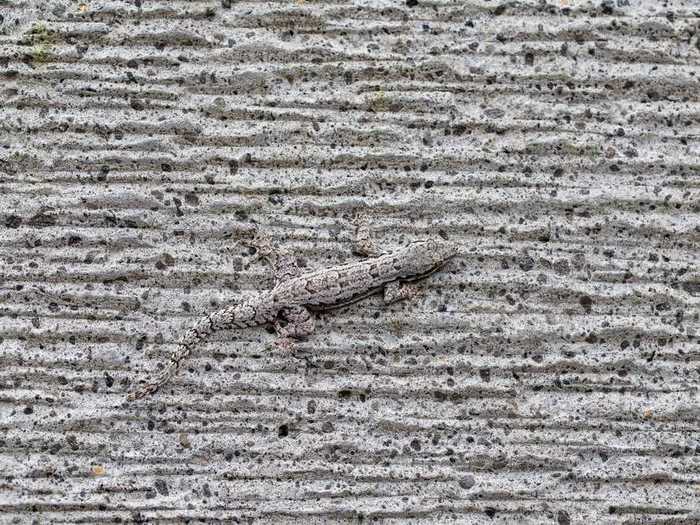
The lizard has a spotted pattern just like its surroundings.
It's a gecko.

Leaf-tailed geckos look just like tree bark.
Can you tell what animal is hiding in this tree trunk?
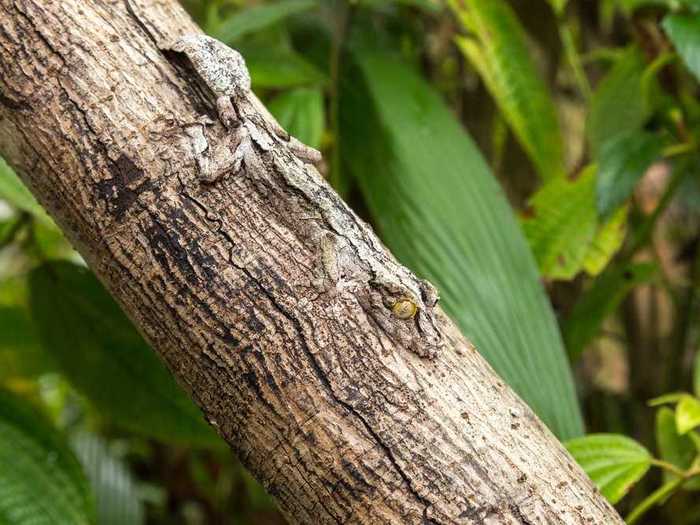
It's practically the same color as the bark.
The snow leopard blends in seamlessly to the color of the ground.
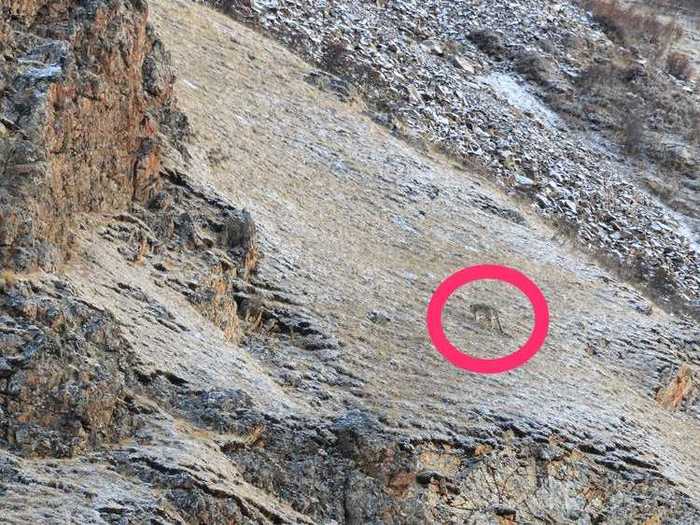
It's hard to see, but it's there.
Can you spot the snow leopard on this snowy terrain?
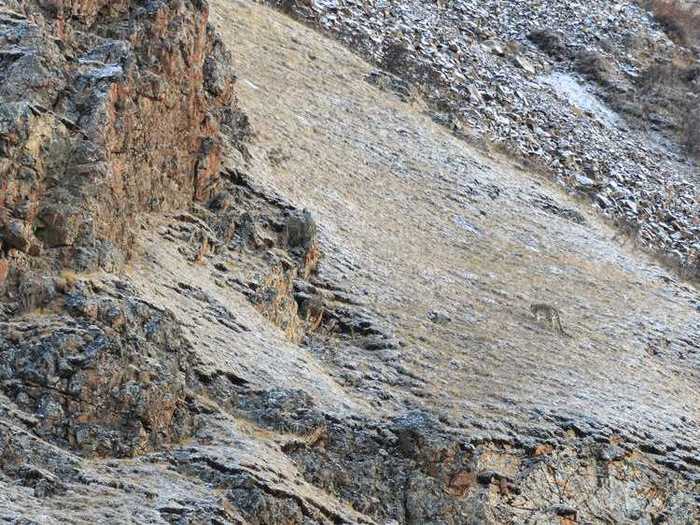
If you look carefully, you can see a snow leopard walking along the rocks.
READ MORE ARTICLES ON
Popular Right Now
Popular Keywords
Advertisement